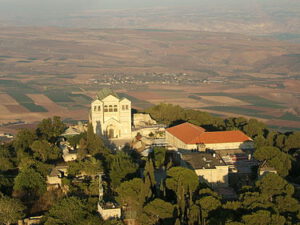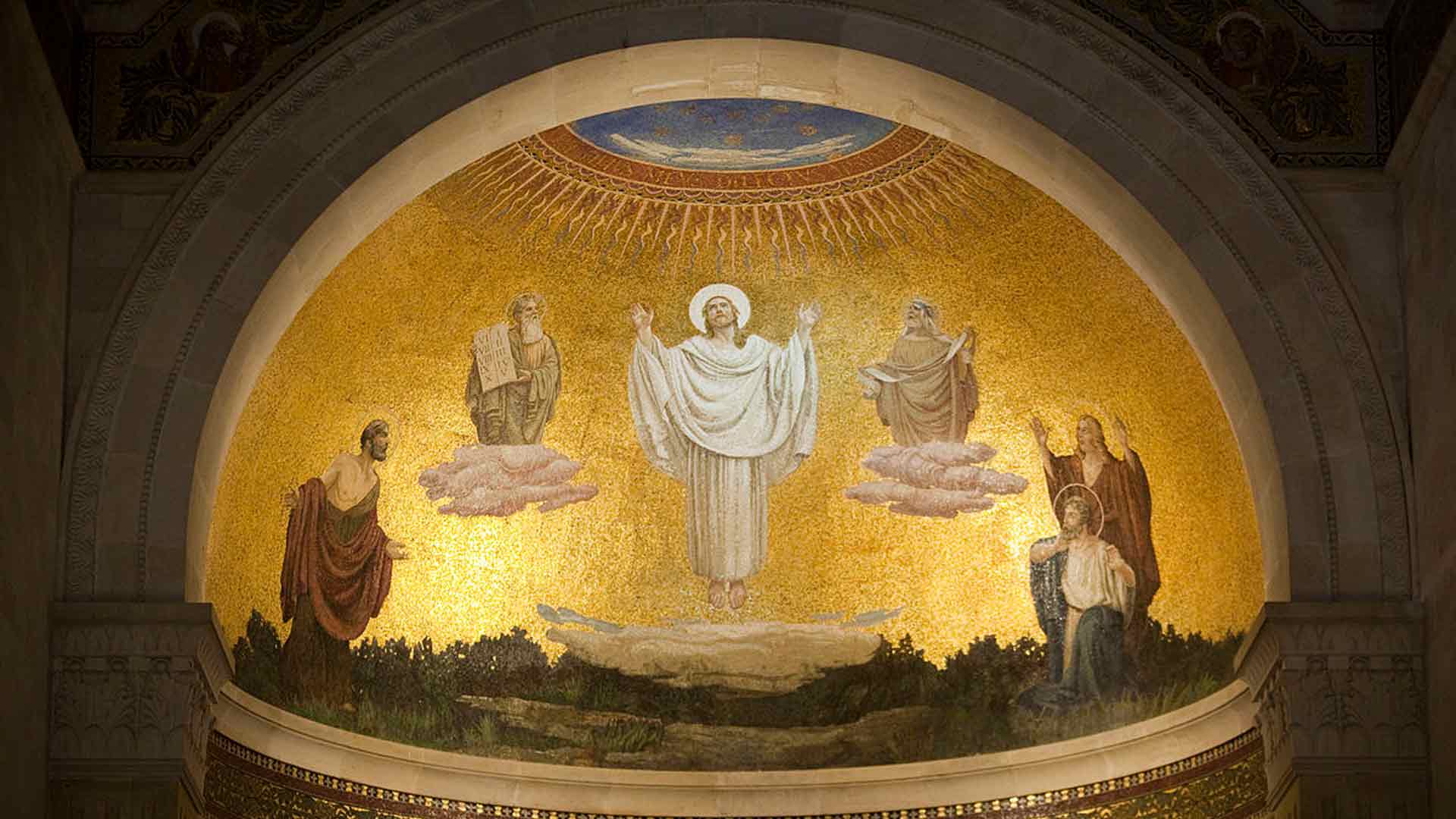Bridging humanity and divinity
The readings today bring into sharp focus the relation between humanity and divinity. Whereas ‘Christ assumed a true human body by means of which the invisible God became visible,’ (Catechism of the Catholic Church, 92), ‘the human person is the summit of visible creation in as much as he or she is created in the image and likeness of God.’ (63) ‘Endowed with a spiritual and immortal soul, intelligence and free will, the human person is ordered to God and called in soul and in body to eternal beatitude.’ (352) That’s a bridge between humanity and divinity.
Christ who is divine deigned to become human; isn’t it only fitting that we who are human should strive towards the divine? Our fallen condition makes that aspiration seem beyond us. That’s a cross that we have to carry, but we have also to persevere, trusting that the final victory will be ours. In the words of the popular hymn ‘Old Rugged Cross’: ‘I'll cherish the old rugged cross / Till my trophies at last I lay down / I will cling to the old rugged cross / And exchange it some day for a crown.’ That’s when we will have fulfilled our vocation and mission as Christians.
In our pilgrim journey, we are often assailed by doubt. ‘How am I to know that I shall possess [this land]?’ asked Abram. Trials and temptations were his cup of woe, as they are ours today; but he remained faithful to God, and we should do likewise. After all, God extends His hand to us all the time; we should gauge his love and say, ‘The Lord is my light and my salvation.’ A wonderful antidote to all temptations, this psalm should forever be on our lips.

In the second reading, St Paul declares that for many ‘their God is their stomach; their glory is in their shame.' Sounds so contemporary! Indeed, aren’t we anxious about sowing, reaping and gathering into barns? If we think it natural to be ‘occupied with earthly things’, how much more should we be occupied with our supernatural destiny! Being made in the image and likeness of God ‘our citizenship is in Heaven, and from it, we also await a Saviour, the Lord Jesus Christ.’ If anyone else claims to speak words of salvation, be sure their ‘fruits [are] like honey to the throat / But poison in the blood.’ We can’t really stomach them, for we are made for God.
Jesus came into the world with the Good News of Salvation. But alas, the people of Israel were deaf to His message and blind to His miracles. On Mount Tabor, disciples Peter, John and James heard Jesus talking in glory to Moses and Elijah. Jesus’ imminent departure from this world was at the top of the agenda, but at the top of Peter’s mind was just the pleasure of being there on the Mount. When a cloud overshadowed the trio, and they were afraid, the Father’s voice spoke these ineffable words: ‘This is my Son, my Chosen; listen to Him!’
The Transfiguration is a major feast in the Catholic Church; is it the same in our hearts? St Thomas Aquinas considered it to be one of the greatest miracles in that it complemented baptism and showed the perfection of life in Heaven. St Pope John Paul II introduced it as a ‘luminous mystery’ in the Rosary. But does the miracle transfigure us – turn us into something more beautiful and elevated?
On that Mount, Jesus became the visible bridge between God and man; do we act as bridges or as walls in our society? God the Father clearly indicated that His Son’s mission is higher than that of Moses and of Elijah. How far have we taken this message to the people around us?
That God appeared in person and spoke live is proof that ours is not a God of the dead but of the living: Moses and Elijah, who died centuries ago, are seen in the presence of God. It is a vindication of the Eternal Life promised to all who die in the faith. What an awesome God we serve. ‘Now more than ever seems it rich to die’!
